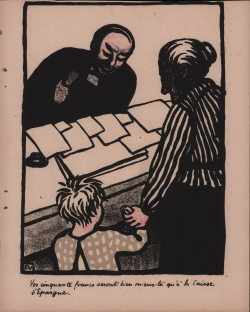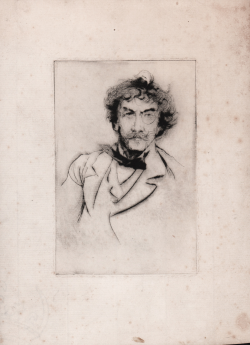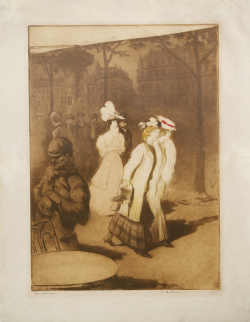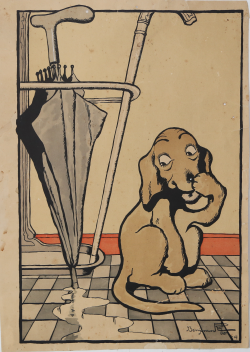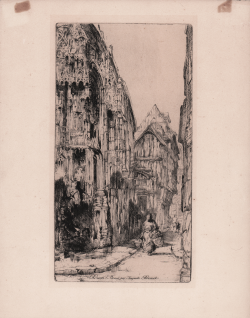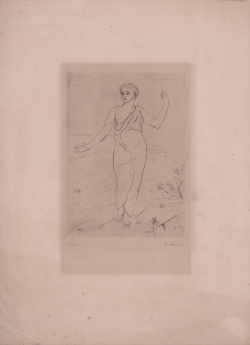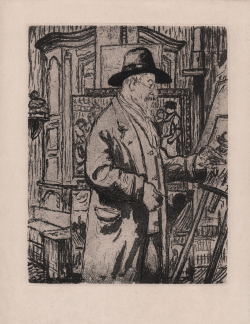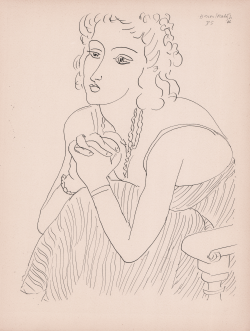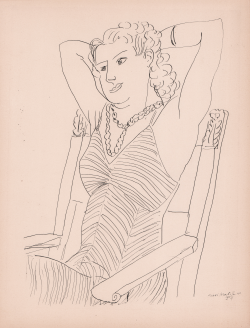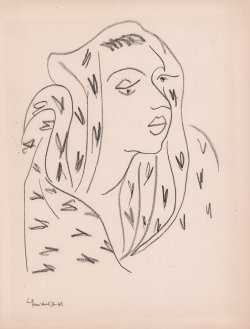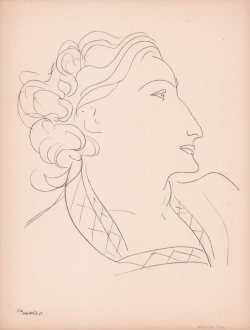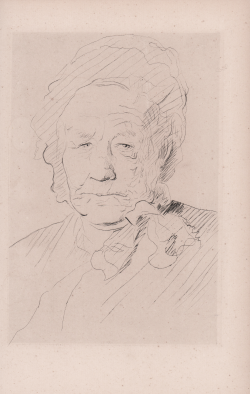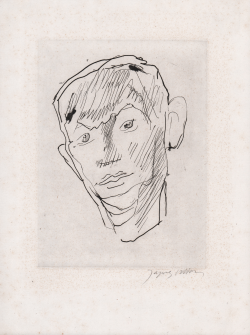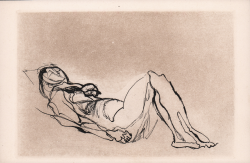XX Century - French School
XX Century - French School
Showing 1-20 of 26 item(s)
Felix VALLOTTON
Code:
S42295
Measures:
240 x 300 mm
Year:
1902
Paul Cesar HELLEU
Code:
S42120
Measures:
102 x 150 mm
Year:
1903 ca.
Edgar CHAHINE
Code:
S42614
Measures:
340 x 475 mm
Year:
1907
Benjamin RABIER
Code:
S42312
Measures:
340 x 500 mm
Year:
1907
Auguste BROUET
Code:
S42130
Measures:
130 x 238 mm
Year:
1911 ca.
Othon COUBINE
Code:
S42286
Measures:
135 x 210 mm
Year:
1920 ca.
Joseph Victor ROUX-CHAMPION
Code:
S42086
Measures:
200 x 255 mm
Year:
1927
Henri MATISSE
Code:
S44724
Measures:
320 x 230 mm
Year:
1941
Henri MATISSE
Code:
S44726
Measures:
330 x 255 mm
Year:
1941
Henri MATISSE
Code:
S44725
Measures:
330 x 250 mm
Year:
1941
Henri MATISSE
Code:
S44722
Measures:
253 x 355 mm
Year:
1942
Henri MATISSE
Code:
S44721
Measures:
250 x 330 mm
Year:
1942
Henri MATISSE
Code:
S44720
Measures:
235 x 300 mm
Year:
1942
Henri MATISSE
Code:
S44718
Measures:
230 x 300 mm
Year:
1942
Henri MATISSE
Code:
S44717
Measures:
250 x 330 mm
Year:
1942
Henri MATISSE
Code:
S44727
Measures:
330 x 250 mm
Year:
1942
Henri MATISSE
Code:
S44723
Measures:
255 x 320 mm
Year:
1942
Jeanne BARDEY
Code:
S42254
Measures:
140 x 205 mm
Year:
1953
Jacques VILLON
Code:
S42102
Measures:
160 x 215 mm
Year:
1956
Jacques VILLON
Code:
S42249
Measures:
204 x 140 mm
Year:
1956

